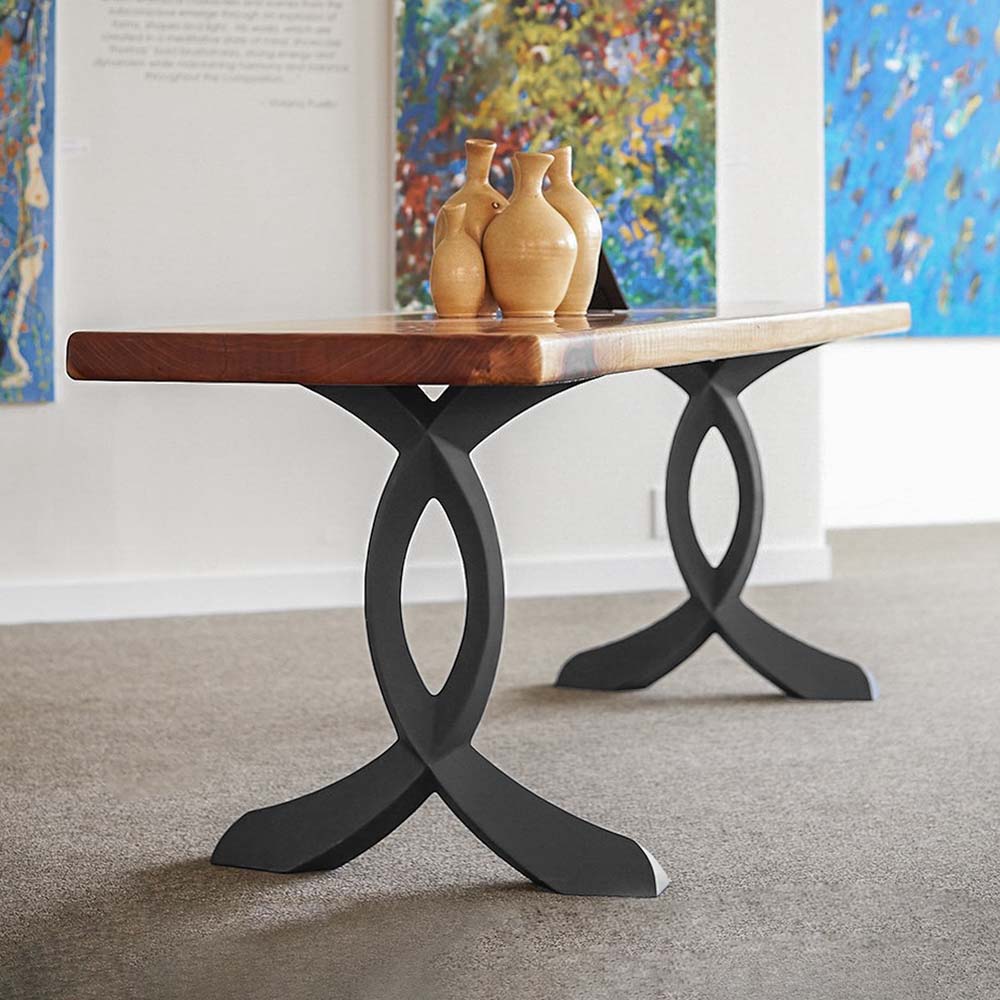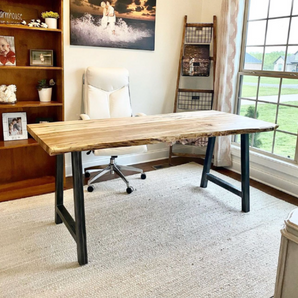Discover the very best Materials for Dining Room Table Legs for Every Design
Discover the very best Materials for Dining Room Table Legs for Every Design
Blog Article
Picking the Perfect Table: What Styles Work Best for Your Home?
Picking the optimal eating table for your home can be a nuanced process that balances looks and functionality. To browse these choices efficiently and locate a table that absolutely complements your home, think about the complying with facets in information.
Evaluating Your Area
Examining the measurements and layout of your dining area is a vital initial step in selecting the ideal table. Begin by determining the size and size of the area, making up entrances, home windows, and various other building attributes that can affect table positioning. This ensures that your table not only fits but also allows for comfortable movement around it.
Consider the number of people you typically entertain. A table should accommodate your household's daily needs while offering sufficient adaptability for periodic visitors. As a policy of thumb, designate a minimum of 24 inches of table width per person to ensure a comfortable eating experience.
It's likewise vital to preserve suitable clearance around the table. Ideally, there should go to the very least 36 inches between the table side and wall surfaces or other furniture, making it possible for very easy gain access to and motion. For spaces where chairs with arms or added storage space units like buffets are involved, raising this clearance to 48 inches is a good idea.
Illumination and atmosphere play substantial functions as well. Make sure that your table straightens with existing illumination fixtures or strategy for sufficient lighting options. This extensive spatial assessment assurances that your table not just fits physically yet likewise integrates with your space's overall performance and aesthetic.
Popular Table Styles

Typical table commonly include ornate information, bent legs, and abundant wood surfaces, evoking a sense of ageless sophistication. They are best for homes with traditional design or those wanting to add a touch of sophistication to their eating location.
Modern dining tables prioritize simplicity and tidy lines, commonly integrating materials like glass and metal. These tables are ideal for modern areas, offering a sleek and minimalist appearance that matches minimalist layout approaches.
Rustic table, on the various other hand, emphasize natural products and a handcrafted look - dining room table legs. They usually feature reclaimed wood and a distressed surface, developing a cozy and welcoming ambience. These tables function well in farmhouse-style homes or those seeking a cozy, natural feel
Industrial dining tables combine basic materials such as steel and timber, typically showcasing a practical aesthetic. This design is fit for loft spaces or metropolitan spaces, adding a touch of sturdy beauty and longevity to the eating experience.
Each style supplies distinct benefits, making it important to pick one that lines up with your home's overall design and your individual Go Here preferences.
Material Options
When picking a table, the choice of material plays a crucial duty in determining both the table's aesthetics and capability. Timber, metal, glass, and composite products each deal unique benefits and difficulties, making it imperative to align the material with your home's style and way of living requirements.
Timber is an ageless and versatile choice, available in varieties such as oak, walnut, and mahogany. Recognized for its durability and warmth, timber matches both typical and contemporary interiors. It requires normal upkeep to avoid scratches and warping.
Metal tables, frequently crafted from stainless steel, light weight aluminum, or wrought iron, are commended for their modern appeal and toughness. They are especially suited for industrial or minimalist setups yet can be vulnerable to dents Home Page and might really feel chilly to the touch.
Glass table bring an air of sophistication and visibility, ideal for smaller spaces as they develop an impression of more space. While very easy to clean, glass can be susceptible to spots and needs cautious managing to prevent chips and splits.
Composite materials, such as MDF and plywood, offer affordable and customizable remedies, though they may lack the long life of natural materials. Selecting the appropriate product ensures your eating table is both a useful possession and an aesthetic pleasure.
Sizes And Shape Factors To Consider
After establishing the suitable product for your eating table, the next factor to consider is selecting the right shape and dimension to suit your room. Conversely, rounded tables promote a sense of intimacy and are outstanding for smaller sized dining locations, urging conversation by getting rid of edges and making every person feel equally included.
As a rule of thumb, allot at least 24 inches of table width per individual to make sure comfy dining. In addition, take into consideration the table's clearance room: there need to be at the very least 36 inches in between the table edge and the wall surfaces or various other furnishings. Expanding tables provide versatility if you frequently hold bigger gatherings, giving extra seating when needed without inhabiting added room daily.
Matching Your Decor
Picking an eating table that balances with your existing decoration is essential in developing a cohesive and inviting room. Begin by assessing your present visit our website interior decoration style, whether it be modern, traditional, rustic, or diverse. The dining table need to enhance the overall aesthetic, not take on it. A streamlined, minimalist table with clean lines is ideal for a contemporary home, while a vintage, elaborate table suits a more conventional setup.
Color and product are equally significant. If your decoration features warm tones and natural materials, think about a wood table to improve the organic feel. Conversely, a glass or steel table might be better suited in a room controlled by great shades and industrial elements. Take note of the finish, as it should mirror other furniture and components to keep harmony.
A rough-hewn, reclaimed timber table can add personality to a rustic space, while a polished marble surface area can boost a lavish dining location. A well-matched dining table not only improves visual charm but also improves the general dining experience.

Verdict
Selecting the suitable table demands cautious factor to consider of area, style, products, form, and dimension (dining room table legs). Conventional tables complement traditional insides with abundant timber surfaces, while contemporary tables fit modern settings with glass and steel. Rustic styles present warmth through natural products, and industrial styles improve urban settings with raw components. Harmonizing the table with existing design makes sure both capability and aesthetic charm, adding to a natural and aesthetically pleasing dining area.
Report this page